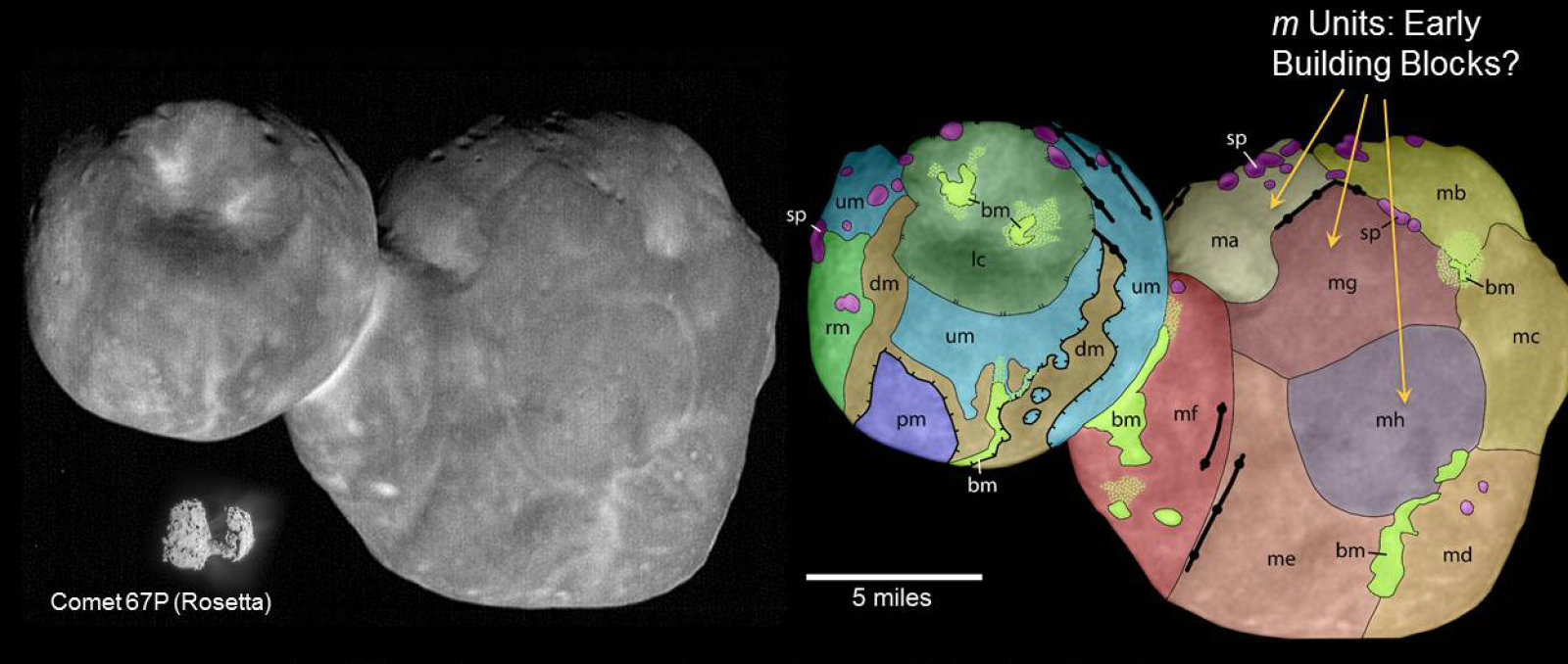Throughout the Fall 2019 academic semester CLASS in partnership with the Florida Space Institute will be holding a seminar speaker series. The series is open to everyone. Seminars last 45 minutes with 10 minutes for questions. If you are interested in presenting, wish to recommend someone for a presentation, or would like to be on the mailing list, please contact us.
| Date | Speaker |
|---|---|
| 9/11 | Alison Lowndes, NVIDIA |
| 9/25 | Garrett Schieber, Georgia Tech |
| 10/9 | David Masten, Masten Space Systems |
| 10/22 | Kelsi Singer, SwRI |
| 11/6 | Nicole Shumaker, Texas A&M |
| 11/20 | Paul Abell, NASA JSC |
| 12/4 | Koorosh Raghabi, NASA JSC |
Date: Oct 22, 2019
Time: 11:30am
Recorded talk: Watch here
New Horizons: Exploration of Distant Worlds in the Kuiper belt
Abstract
In July of 2015 the New Horizons spacecraft flew through the Pluto system, initiating humanity’s close-up exploration of the Kuiper belt objects. Pluto turned out to be a world of remarkable geologic diversity, and its terrains display a range of ages, suggesting geologic activity of various forms (both endogenic and exogenic) has persisted for much of Pluto’s history. Pluto’s large moon Charon appears to have had an early large cyrovolcanic resurfacing episode along with large-scale tectonism.
On January 1 of 2019 (yes this year!) New Horizons encountered its second target, a cold classical Kuiper belt object approximately 35 km across at 43 AU. This is the farthest and most primordial planetary body ever explored in detail. Its flattened snowperson-like shape and unique surface features are helping us learn about the earliest times in the solar system and how planetary bodies formed.
The success of this exploration was enabled by scientific work and technology developed across the globe. The information gathered by New Horizons is opening up new areas of research and providing new input into solar system formation models. I will highlight recent results and expand on whichever topics are of interest to the audience in this interactive presentation.
Dr. Kelsi Singer
Dr. Kelsi Singer is a Senior Research Scientist at Southwest Research Institute in Boulder, CO and a Deputy Project Scientist on NASA’s New Horizons mission. Dr. Singer obtained her PhD at Washington University in St. Louis and her thesis focused on the geology and geophysics of icy satellites. She studies the Pluto-system, the Kuiper belt, and also impact cratering across the solar system.
